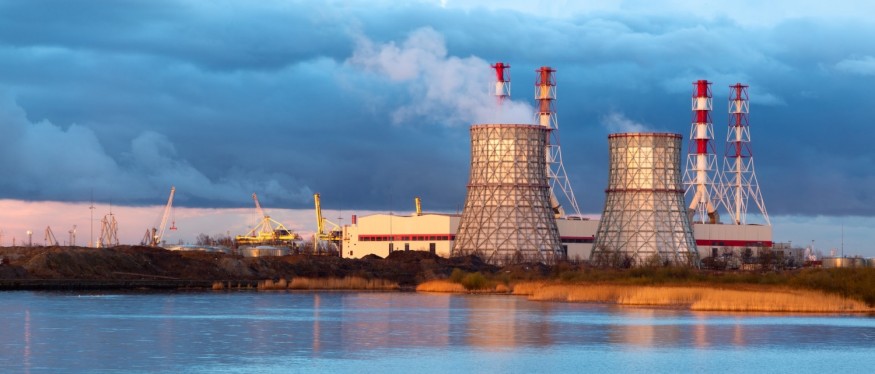
Mark Lyttleton is an angel investor who takes a special interest in start-ups that were created to impart a positive planetary impact. This article will compare different energy sources and their impact on the land.
It is an irrefutable fact that fossil fuels are having a catastrophic impact on the planet. Not only do fossil fuels release significantly more greenhouse gases than either renewables or nuclear, but burning them also releases pollutants into the atmosphere that are detrimental to human health.
Coal is the dirtiest energy source by far, producing hundreds of times more greenhouse gases than either solar or wind power. Gas and oil are also much more polluting than either renewables or nuclear, but to a lesser extent than coal.
People are concerned about the impact of the energy industry on the land for a variety of different reasons. Some question whether there is enough land to produce sufficient energy from a particular source. For others, aesthetic concerns come to the fore, with windfarms courting controversy in particular due to their visual impact on the landscape. For many people, the primary concern is how land use by the energy industry might impact local habitats and the environment.
When calculating the energy industry's land impact, the square footage a power plant occupies is just one aspect. More land is also required to dig metals and minerals out of the ground to produce solar panels or mine coal.
In the UK, the coal mining legacy is a huge problem in former mining regions, with a vast network of underground tunnels placing properties at risk of subsidence. Today, many UK homebuyers are advised to pay for a coal mining report to see whether their property is affected.
Even years after a coal mine's abandonment, it can still present a huge risk to the environment, with abandoned mines cited by the UK government as one of the biggest pollution threats in Britain.
A report by the World Economic Forum reveals that nuclear is the most land-efficient energy source, requiring 27 times less land than coal, 18 times less than hydropower, and 34 times less land than solar.
Nevertheless, although solar may seem land inefficient on the face of it, it should be remembered that solar panels can be placed on rooftops, using spaces that are already occupied. In addition, the spacing of panels can also make big a difference.
Meanwhile, offshore wind space takes up no land at all, since turbines are sited in marine environments. Even onshore wind farms can be positioned in a dual-purpose space, with the land below used for agriculture.
Whether it is gas, coal, renewables or nuclear, no energy source comes without an environmental cost, each taking up precious land, water and other natural resources. However, given the urgent need to transition to low carbon energy solutions, the energy industry is coming under mounting pressure to develop innovative, low-carbon energy technologies, including solar window technologies that can be used to power buildings.
© 2025 NatureWorldNews.com All rights reserved. Do not reproduce without permission.





